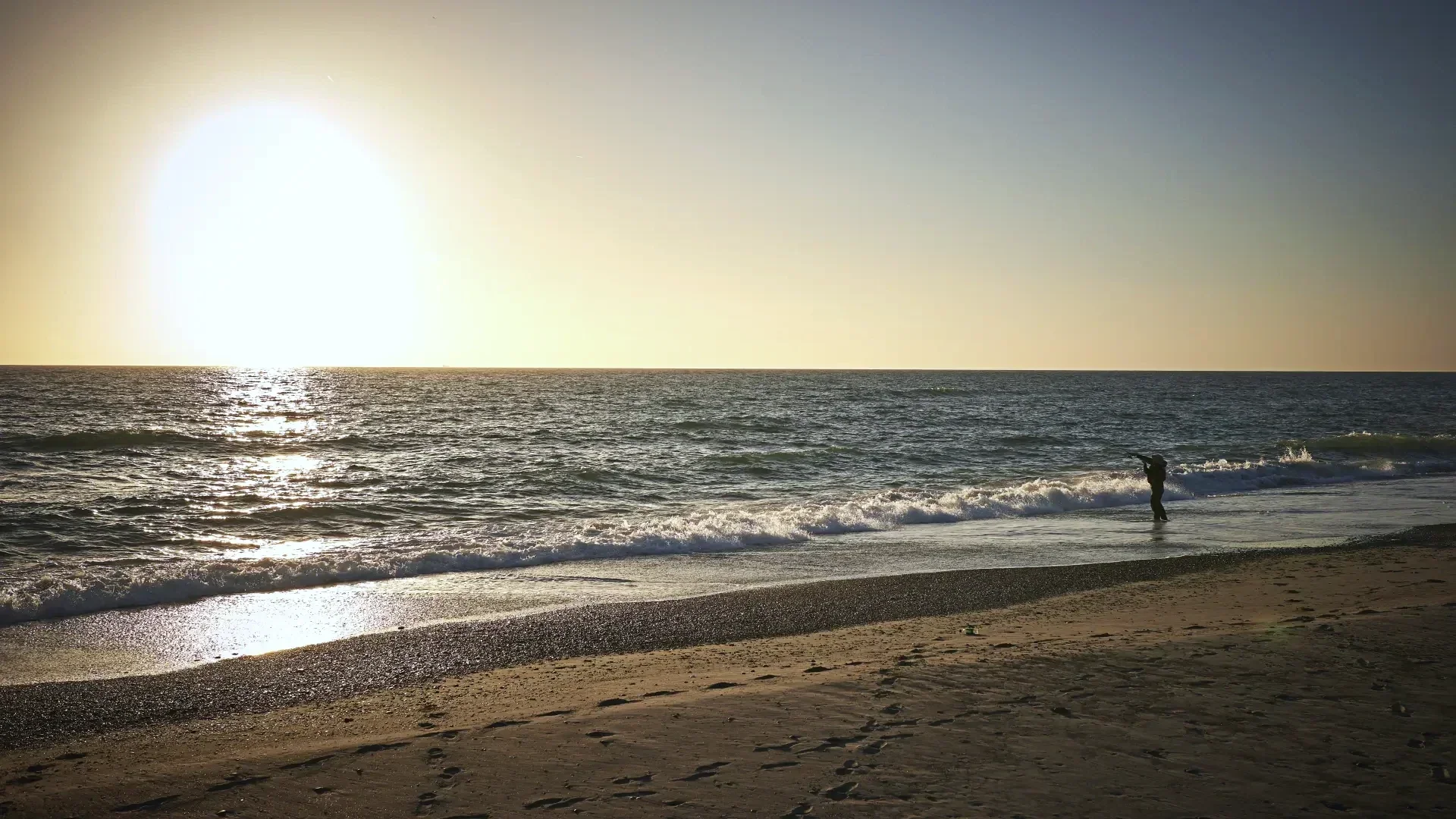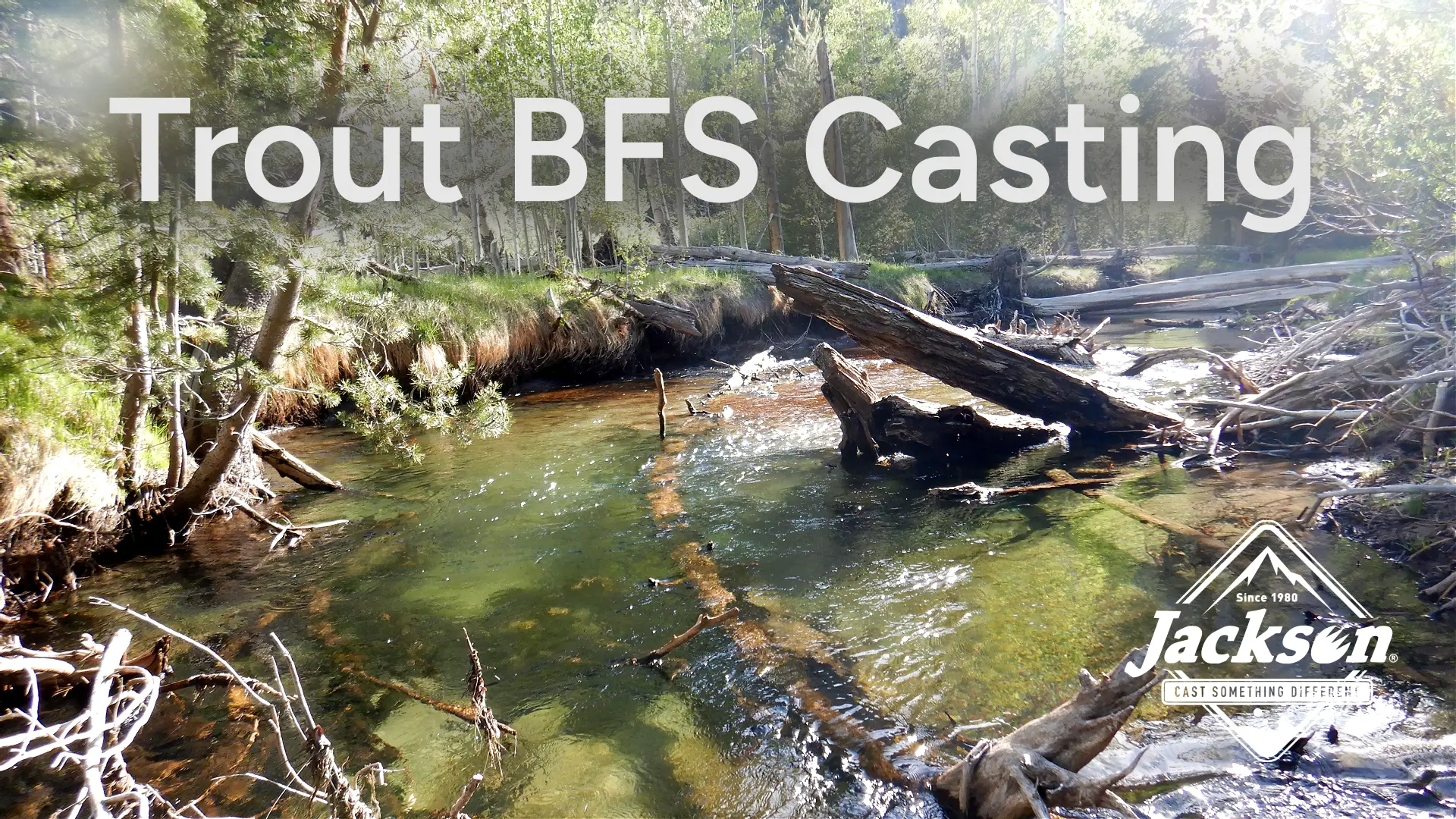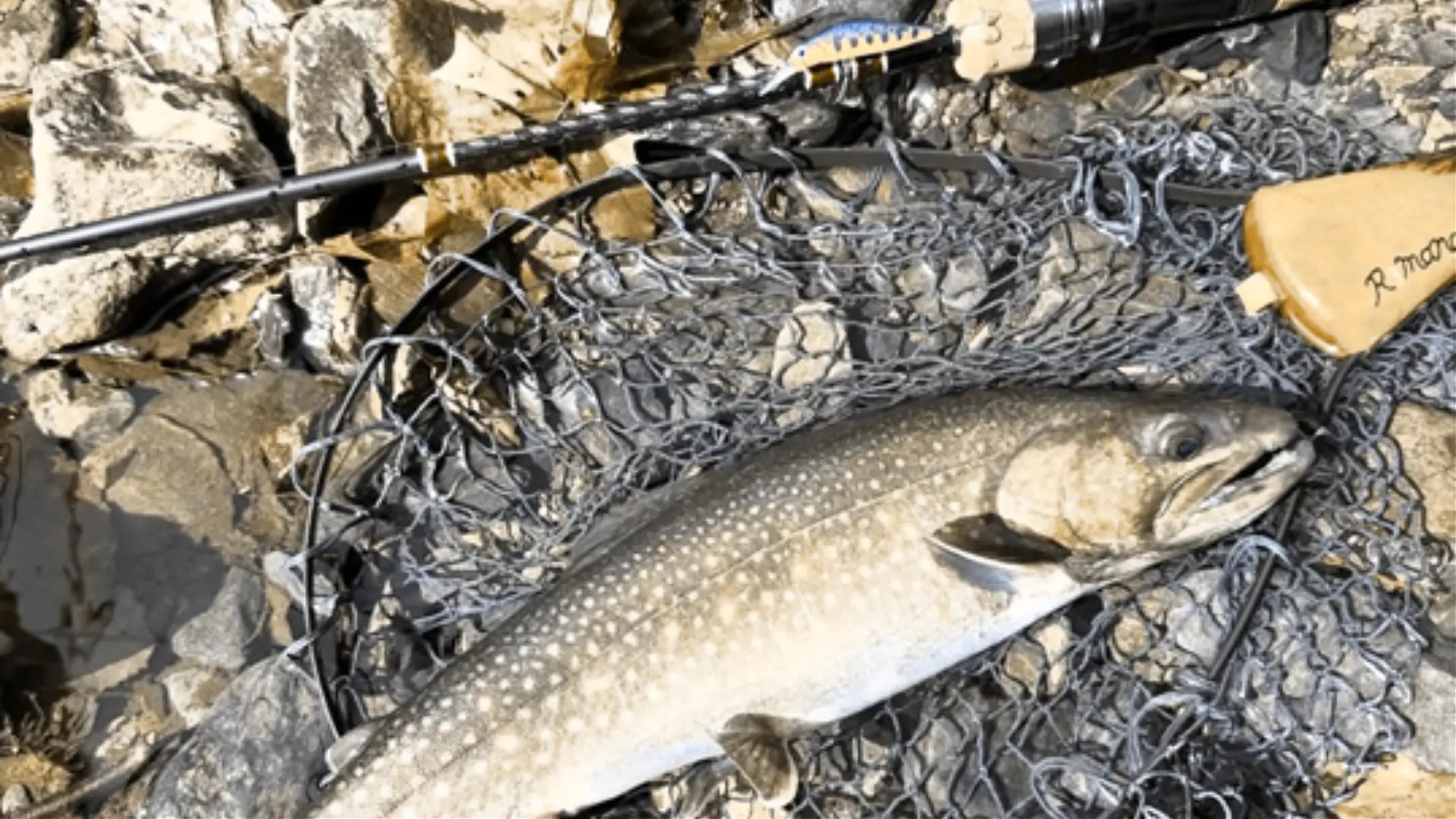
Choosing a Surf Casting Rod
They say a bad day fishing beats a good day at work. Surf casters know this as well or better than anyone. There’s little more enjoyable than taking a walk along the beach before the sun comes up or just after it goes down, plugging or jigging, and all the more so if you end up with a harvest that you can bring back up over the dunes.
But the unique nature of surf fishing brings up what we might call the surf casting rod dilemma. Unlike boat bound anglers, who might launch with 12 separate rigged outfits, surf casters who walk the beach really must choose one, if not two (at most) generalist surf casting rods. That’s just the nature of the sport.
But what factors should you consider before putting good money into a surf casting rod as you stroll the beach and probe the jetties? Chiefly there are three, with a few others mixed in. This short guide should help you with your next purchase.

Surf Casting Rod Length
Surf casting rod length is one of the most important factors if not the single most important factor to consider before you buy a new rod, mainly for one very specific reason: it will largely determine how far you can cast.
Now, naturally, the weight of your surf fishing lure, as well as its density, along with the weight, diameter, and material of your fishing line will also impact casting distance. But rod length is the main determinant. If you hold all other factors constant, the longer the rod, the farther you will be able to cast.
Now, for fishermen whose target species are something like perch, which literally live in the suds, rod length isn’t a big deal. A 7-foot surf rod can get the job done as well as a 9-footer.

But for those who cast to fish that are commonly shacked up or cruising beyond the troughs and breakers, like halibut, striped bass and bluefish, a longer rod will afford greater reach. For these anglers, a rod in the 9, 10, or even 11-foot class will allow greater casting distance with less effort from the surfcaster.
Rod Weight
One might be forgiven for assuming that there are therefore no ultralight or finesse surf rods, which is actually not the case, though they are more rare than medium action and heavy action surf rods.
Light, ultralight and finesse surf rods are better suited for casting lighterspoons, plugs and other lures, and tend to offer much more sensitivity than heavier alternatives, though they will not pair well with heavy lines as you will not be able to horse in larger fish on them.
Medium weight rods offer more backbone, if you will, for applying pressure to big, powerful gamefish, and medium-heavy and heavy rods the most power of all. While sensitivity will often be slightly compromised with a heavy rod, you can pair one with heavier line and a reel with a serious drag system to horse in powerful fish like drum and bass.

Rod Action
Rod action is another thing to consider when evaluating a surf casting rod; it refers to how readily the rod flexes, and how and which section of the rod flexes when you put it under a load. Action is classified in terms of speed. A slow rod will create a wide, parabolic arc when flexed, and is made from softer, more flexible media than faster rods, which require more force and which feel stiffer.
It is important to note that there is an important distinction between action and weight. A heavy rod can be either fast or slow, just as a very fast rod can be either ultralight or very heavy. Think of action as “which section of the rod bends” when it is loaded, rather than how much force it requires to bend the rod.

Faster rods tend to be more sensitive, and so are better at detecting light strikes and short strikes. This can make them effective when targeting leader-shy and finicky species, as well as when working light surf fishing lures.

As for slower rods, they tend to be better when fishing with cut bait (known as chunking), although they can also be effective at fishing heavier lures, like metals, especially when targeting fish that hit hard and rarely strike short, like bluefish, bass and seatrout.
What Types of Surf Fishing Lures Will You Be Throwing, and What Species You Are Targeting?
While rod length, weight and action are indisputably the three most important aspects of the performance of any surf casting rod, you should also match your rod as closely as you can to what surf fishing lures you will be throwing, as well as what your target species is.

If you are fishing close in with light lures for flatfish or spot or kingfish, a shorter, lighter rod will work just fine. If you are casting heavy metal spoons or jigs, or large plugs, out past the breakers near the deep troughs and drop-offs, a longer, heavier rod will be necessary, one that will enable you to effectively impart the desired action to the lure, not just to cast it.
Explore Surf Casting Rods and Lures Here
Looking to refresh your current outfit with a new addition? Hopefully this guide will help you as you evaluate what you need in your next surf rod. Shop our collection of surf casting rods and lures here, and get in touch with us if you have any questions.
![]()


